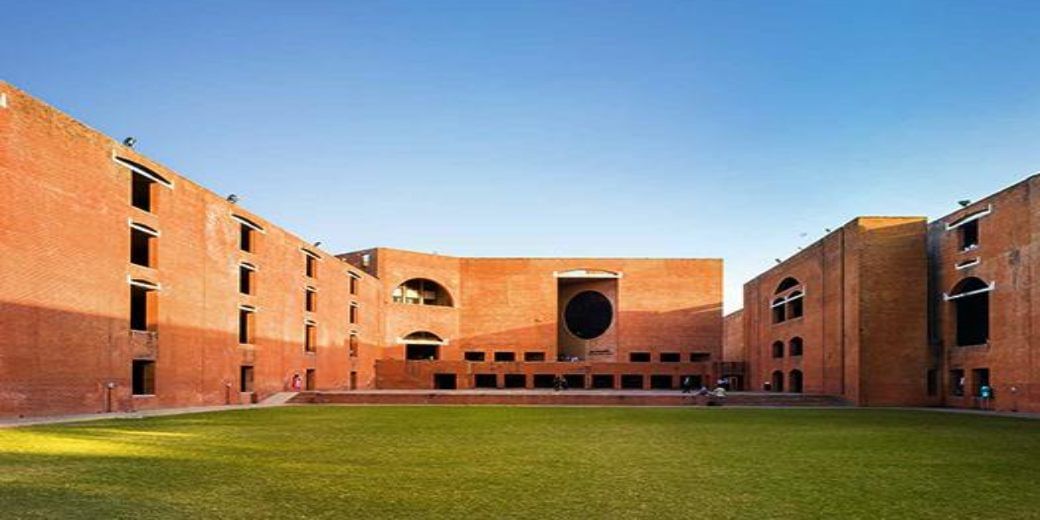Do you have funds to educate your child?
Experts believe that the cost of education may increase by more than 10% in the next 8 to 10 years. Even if the inflation rate decreases, education fees will not decrease. So, one should not ignore the rising cost of education.

We want to give our children the best things in the world, whether it’s a good lifestyle, food, clothes or education. We don’t want to compromise on anything when it comes to our children. But the increasing cost of education is a worry for all. The biggest concern for is the rising cost of living. The cost of education is not low either. According to data from the Ministry of Statistics and Programme Implementation, education inflation was 2.50% in March 2021. It reached 3.56% in March 2022 and then to 5.42% in March 2023. Experts believe that the cost of education may increase by more than 10% in the next 8 to 10 years. Even if the inflation rate decreases, education fees will not decrease. So, one should not ignore the rising cost of education.
Expensive education Due to increasing competition in government universities, children have to turn to private institutes where education is expensive. It also depends on what are the courses opted for. Every course may have a different cost.
For example, in India, the cost of MBA course varies from Rs 3 to 30 lakh. The fees for a two-year MBA programme in many private universities is around 15 lakh rupees. If one’s child is three years old now and assuming he/she will do an MBA at the age of 21, at that time, due to inflation, around Rs 80 to 85 lakh would be needed, assuming 10% inflation rate. College fees of MBA course from abroad can go up to 40 to 50 lakh rupees. In that case, after 18 years, the requirement would be more than 2 crore rupees.
On the other hand, the fees for an engineering course is from 4 to 20 lakh rupees. That would require Rs 17 to 85 lakh rupees after 15 years.
Now the question arises as to where and when should one start investing. The answer to this is that the best time to invest is now because the sooner you start, the bigger the corpus you can build. Investing in equity through mutual funds is considered to be better in the long term. For small investments, one should use Systematic Investment Plan. In the long term, it can provide double-digit returns.
If one starts a SIP of Rs 11,000, a fund of Rs 84lakh can be accumulated in 18 years for an MBA course. Similarly, a corpus of 55 lakh rupees in 15 years can be created for engineering course. The estimated return is 12%, but the return on mutual funds is market-based and can vary. One can start with a smaller amount and increase it gradually to achieve this target. There are many children-specific mutual fund schemes available in the market, but it is important to have an exit plan for investments made for your child’s future.
Investment options If one wants fixed returns, then the Sukanya Samriddhi Yojana is a good option for the girl child. Investment in this can be made within 10 years of the girl child’s birth. The government has increased the interest rate from 7.6% to 8% in April 2023. The rates are reviewed every quarter. Expected return can be 7.6% to 8% during the investment period. A maximum of one and a half lakh rupees can be deposited per financial year. The scheme can be closed when the daughter turns 21 years old or after completing 10th standard, whichever is earlier.
Investing in a mutual fund can secure one’s child’s future. But you should keep an eye on the performance of the mutual fund. So that, if there is a shortfall in meeting his financial goals or if there is more expenditure for studies abroad, then the investment can be increased. He will also get tax exemption on both investment and maturity in the Sukanya Samriddhi Yojana. Returns are lower than equity schemes, so the investment amount can be increased. Ranjeet should also secure his daughter’s education by investing in term insurance, i.e. life insurance. So that, her education does not stop in case of any unfortunate event.
Download Money9 App for the latest updates on Personal Finance.
Related
- बासमती चावल पर GI टैग पाने के लिए भिड़े भारत- पाकिस्तान, क्यों खास है यूरोपियन यूनियन की ये मुहर
- आ गया नया इनकम टैक्स बिल, जानें अब ओल्ड और न्यू रिजीम में कहां-कहां बचेगा पैसा
- BlackRock भारत में देगी 1200 लोगों को नौकरी, AI एक्सपर्ट के लिए जल्द शुरू होगी हायरिंग
- Budget Highlights 2025: 12 लाख तक कोई Income Tax नहीं, कैंसर की दवाइयां होंगी सस्ती; जानें 10 बड़ी बातें
- कैफे में बैठने के लिए भी अब पैसे लेगा Starbucks, 29 जनवरी से बदल जाएगी कंपनी की पॉलिसी
- ओपनिंग से पहले ही Fabtech Technologies IPO ग्रे मार्केट में हुआ फ्लॉप, क्या लिस्टिंग में करेगा कमाल?

